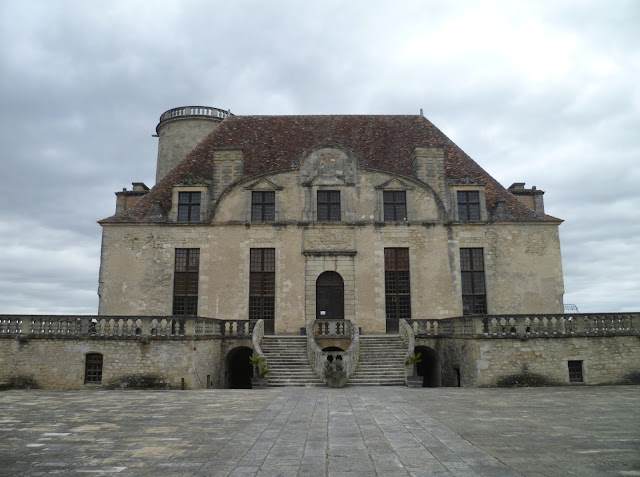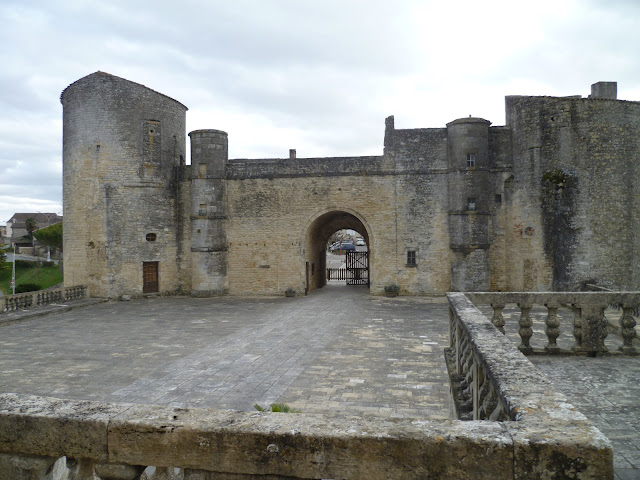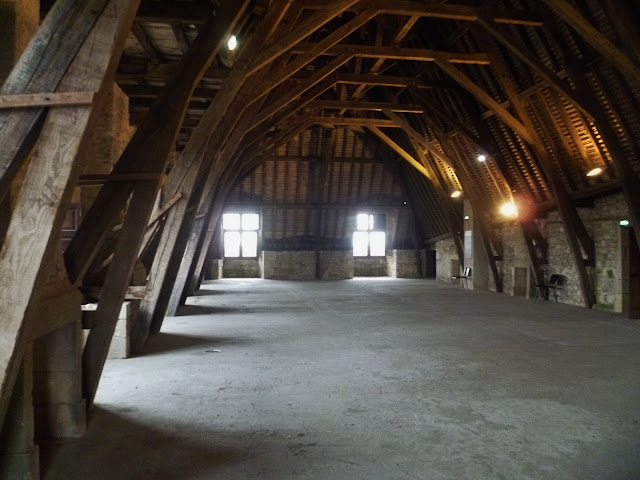The Voortrekker Monument, designed by architect Gerhard Moerdijk was inaugurated on the 16th December 1949. The building commemorates the Voortrekkers who left the cape colony in the early- to mid 19th Century.
The cenotaph is the focus of the monument - it is enscribed, "Ons vir jou Suid-Afrika," which means "we for you South Africa". These words are illuminated each year at 12 o'clock on the 16th December when the sun lines up with a small hole in the top of the dome.
Above is a view from the top of the dome, looking down into the Hall of Heroes, and then down again into the basement level where the Cenotaph stands. The floors and walls of both the Hall of Heroes and the basement level are clad in different colours of marble - all sourced from different regions of South Africa.
The white mable freize, which runs around the Hall of Heroes tells the story of the Voortrekkers. The sculptor was Hennie Potgieter and the final, full size, freize was executed by a team in Italy.
More information on the monument can be found here.









.jpg)
















